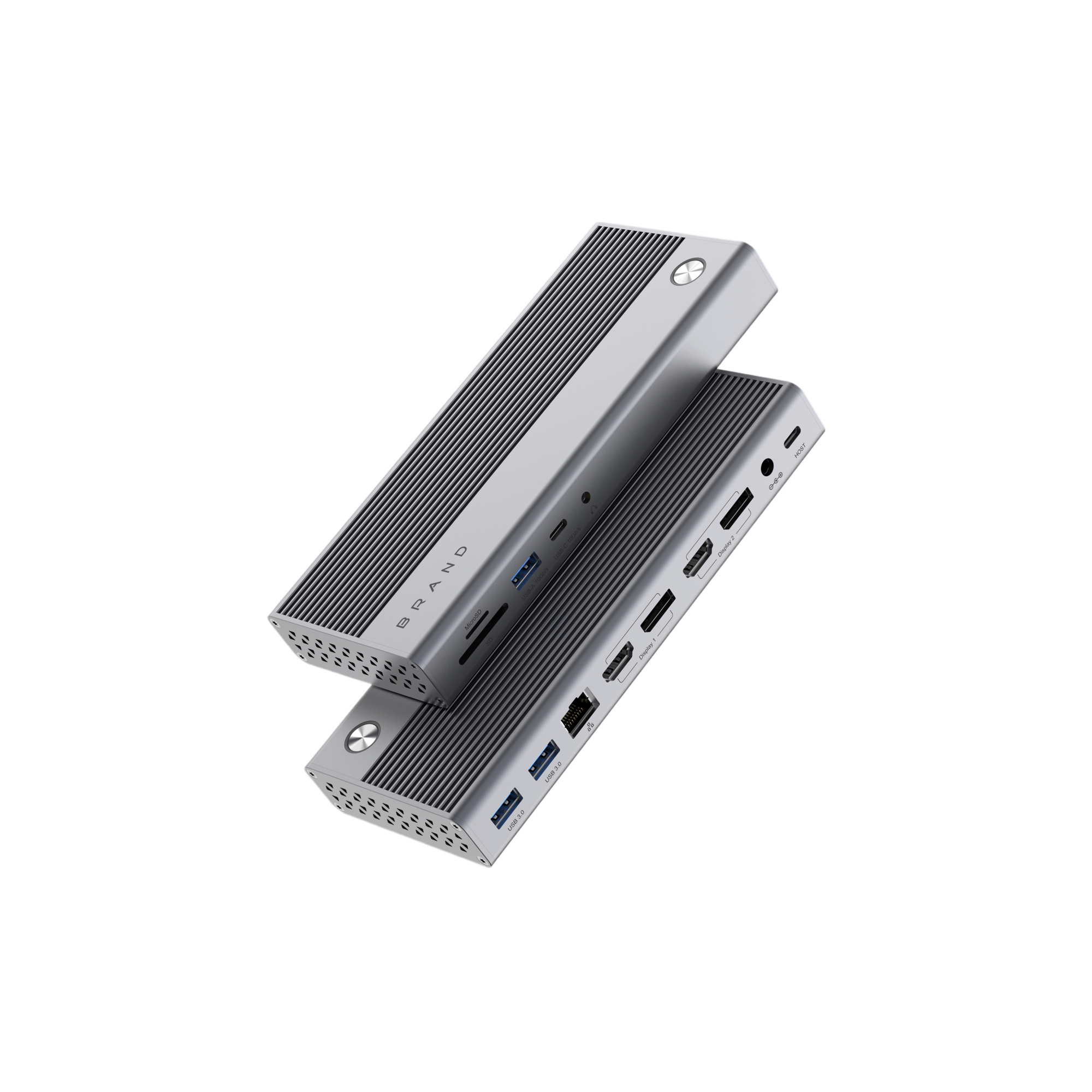An In-depth Look into the Differences

USB hubs are essential devices that expand the number of USB ports available on a computer. Two popular options on the market are USB 2.0 and USB 3.0 hubs. While they serve the same purpose, there are significant differences in terms of speed, power, and overall performance. In this article, we will explore the disparities and pros and cons of USB 2.0 and USB 3.0 hubs.
1. Speed Comparison
One of the major differences between USB 2.0 and USB 3.0 hubs lies in the speed capabilities. USB 2.0 hubs typically provide a maximum data transfer rate of 480 Mbps (megabits per second). On the other hand, USB 3.0 hubs offer a significantly faster speed of up to 5 Gbps (gigabits per second). This means that USB 3.0 hubs can transfer data at a much higher rate, resulting in faster file transfers and improved overall performance.
2. Power Delivery
Another important consideration is power delivery. USB 2.0 hubs generally provide a maximum power output of 500mA (milliamperes) per port. In contrast, USB 3.0 hubs offer increased power delivery, typically at 900mA or higher. This is particularly beneficial for charging power-hungry devices such as smartphones and tablets, as the higher power output of USB 3.0 hubs allows for faster and more efficient charging.
3. Compatibility
Compatibility is a key factor to consider when choosing between USB 2.0 and USB 3.0 hubs. USB 2.0 hubs are backward compatible, meaning they can be used with USB 1.1 devices and cables. However, the transfer speed will be limited to the capabilities of the USB 1.1 technology. On the other hand, USB 3.0 hubs are backward compatible with USB 2.0 devices, but to take full advantage of the faster speed, USB 3.0 devices and cables are required.
In summary, USB 2.0 and USB 3.0 hubs offer different advantages depending on individual needs. USB 2.0 hubs are suitable for basic tasks and are more cost-effective. They are an ideal choice when transferring small files or connecting low-power devices. USB 3.0 hubs, on the other hand, provide superior speed and power capabilities, making them perfect for demanding tasks such as transferring large files or charging power-hungry devices quickly. However, USB 3.0 hubs are generally more expensive than their USB 2.0 counterparts.
Ultimately, the choice between USB 2.0 and USB 3.0 hubs depends on the specific requirements and budget of the user. Both options offer their own set of advantages and disadvantages, and it is crucial to consider these factors before making a decision.



